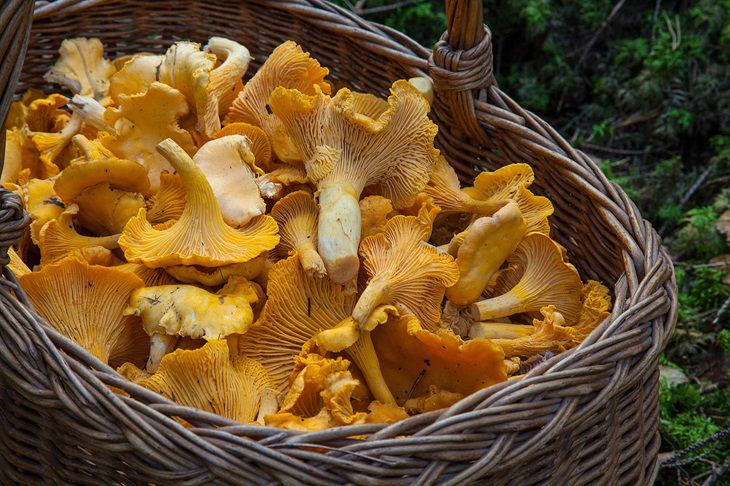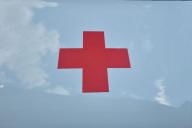Already in June, many fans of the “silent hunt” go to the forest to collect birch boletes, butter mushrooms, aspen mushrooms, and porcini mushrooms.
There are several recommendations that will help mushroom pickers find valuable areas and increase their “catch” next year.
The first stage of the mushroom season begins in June-August, which smoothly flows into autumn.
In July, you can pick milk mushrooms for pickling. They like sandy soil, oak, birch and pine-birch forests.
Also, midsummer pleases with saffron milk caps and chanterelles, and in August honey mushrooms, russula, and volnushki grow.

Mushroom Klondike
Many mushrooms can be found in places where cattle grazed in the past. Former pastures of a state farm can surprise with the abundance of mushrooms, because cows and other cattle fertilized the soil for decades.
After 10-20 years, a real mushroom Klondike forms here among the firs, birches, and pines. Already at the edge of the forest, mushroom pickers can find solid rows of mushrooms, unless, of course, more cunning lovers of the "quiet hunt" have reached here.
The border of the forest and the field is a great place to find your mushroom spot. Mushrooms like to grow on the borders of some zones.
If the area is well lit, well ventilated and moistened, then there is a great chance of finding that very clearing.
Gadgets to the rescue
Mushroom spots need to be remembered. It is better to trust this task to a smartphone. You can install a special application and enter the coordinates there, or set a geotag in the application with maps.
When creating your own mushroom map, it is useful to include those areas where you have already found cut stems. Next year you may be faster.
Increasing the harvest
A mushroom picker can participate in increasing the harvest. Experienced fans of the "quiet hunt", having found a large old mushroom, are in no hurry to throw it in the basket.
There is a high probability that it will be wormy and unfit for consumption.
Experienced mushroom pickers do it differently: they cut the mushroom and stick it on a branch or twig with the cap down.
The wind will do everything from now on. It will spread the ripened spores around the area. The number of mushrooms will increase next year. But it is necessary to add this place to the mushroom map and check it first.
There is no need to delay
The collected mushrooms quickly lose their taste and spoil. After returning from the forest, do not waste time. You need to process them immediately.
At the first stage, they clean out debris, cut out wormy spots, and wash. Only those that are going to be dried are not put under water.
After processing, they begin cooking – frying, boiling, stewing, salting, marinating.
Earlier we talked about how to remove the smell of smoke from a campfire from hair and clothes.








